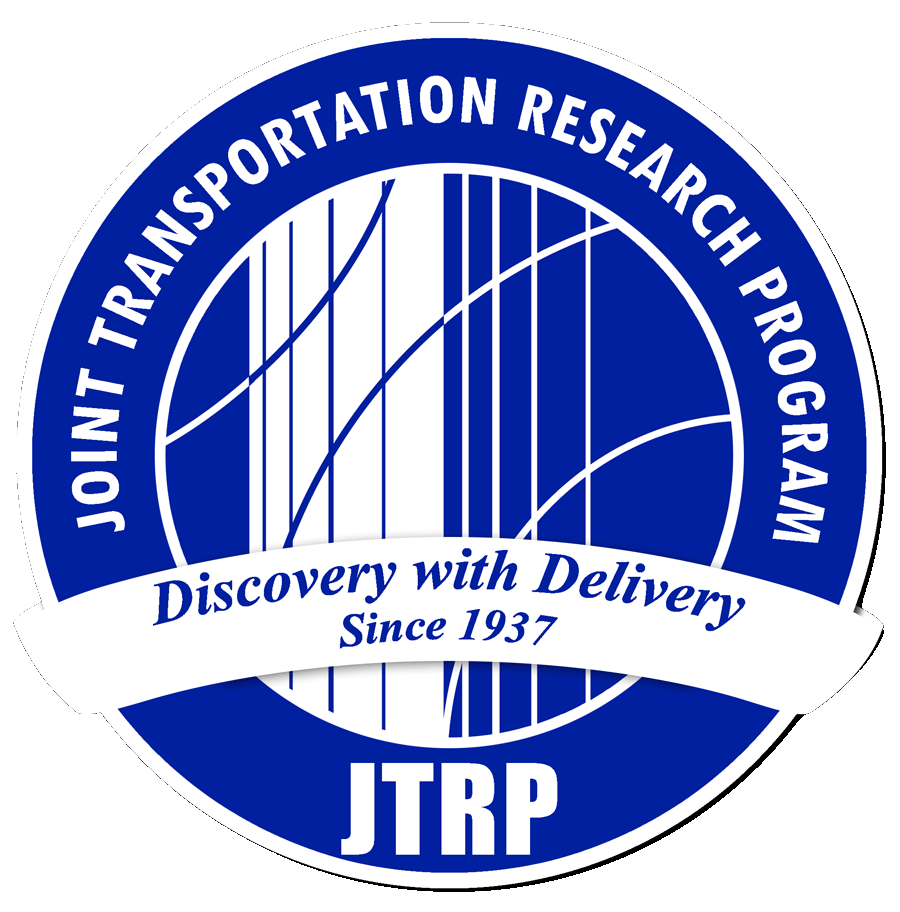Abstract
Departments of Transportation (DOTs) need to mobilize workers under harsh weather conditions for winter operations. Traditional snowplow driver training at INDOT is usually conducted annually before the snow season; therefore, it does not replicate the conditions which drivers will be exposed to during winter operations. To this point, some state DOTs have incorporated simulators in their snowplow driver training. Despite this raised interest, few studies have (1) surveyed other state DOTs about the use of this equipment in winter operations driver training, or (2) provided a systematic consideration of all factors involved in the decision to use driving simulators in snowplow driver training. To fill these gaps, the present study synthesizes information from previous literature, revises current information from INDOT, and surveys other state DOTs to identify the benefits and challenges of driving simulators for snowplow driver training. A mixed methods approach was utilized including a review of current INDOT practices, interviews with stakeholders, a survey of other state DOTs, and results from a pilot training. Based on the findings, the researchers recommend that INDOT continues to explore the use of driving simulators for training purposes in addition to the yearly snowplow driver training, due the ability to reinforce learning in a safe environment. Moreover, the research team suggests the following areas for further research: evaluating optimal simulator “seat time,” peer learning in simulator training, and the impact of experience level and work assignment in the perception of driving simulator training effectiveness.
Keywords
snow and ice control, winter maintenance, technology transfer, specialized training, driving simulator
Report Number
FHWA/IN/JTRP-2023/07
SPR Number
4651
Sponsoring Organization
Indiana Department of Transportation
Performing Organization
Joint Transportation Research Program
Publisher Place
West Lafayette, IN
Date of Version
2023
DOI
10.5703/1288284317614
Recommended Citation
Debs, L., Zheng, Y., Ademiloye, J., Chen, Y., & Zhang, J. (2023). Synthesis study on employing snowplow driving simulators in training (Joint Transportation Research Program Publication No. FHWA/IN/JTRP-2023/07). West Lafayette, IN: Purdue University. https://doi.org/10.5703/1288284317614


